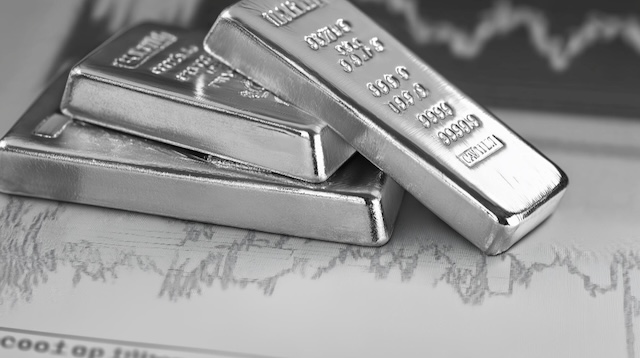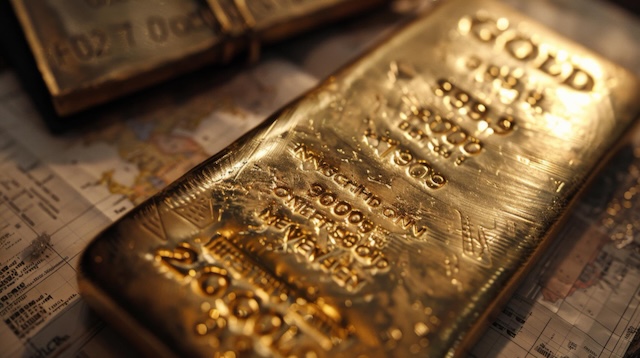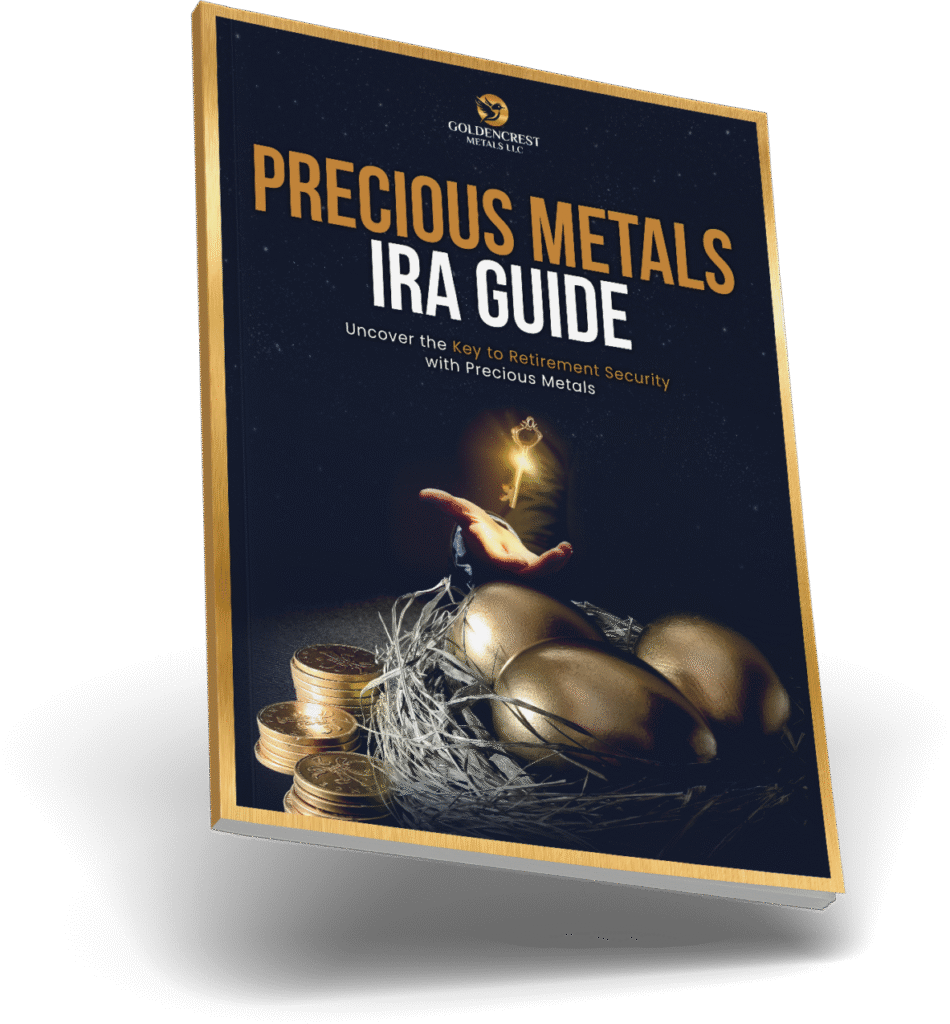The global investment community is once again confronting the uncomfortable reality of America’s fiscal trajectory. On the heels of Moody’s downgrade of U.S. debt, Wall Street is digesting what this means for traditional safe-haven assets like U.S. Treasuries—and more importantly, where investors can turn next.
This latest downgrade, which stripped the U.S. of its last pristine AAA credit rating, is a significant warning shot. While the U.S. dollar wobbled and Treasury yields spiked, gold surged 1.4% to $3,232 a troy ounce, reaffirming its status as the ultimate safe haven when trust in fiat and debt instruments erodes.
America’s Creditworthiness Is Under Scrutiny
Moody’s rationale was simple but ominous: Ballooning debt levels and political gridlock in Washington. In fact, the debt-to-GDP ratio now sits at 123%, up dramatically from 92% in 2011 when S&P issued the first downgrade. Despite Treasury Secretary Scott Bessent’s attempts to downplay the significance—arguing the move was based on “outdated information”—markets reacted swiftly and harshly.
Equity futures fell sharply, and the U.S. dollar dropped nearly 1% against major currencies. Most telling of all? Investors flocked to gold, not government bonds.
The ‘Sell America’ Trade Has Returned
The term “Sell America” is making a comeback—and not without reason. While past concerns over trade tensions, inflation, and political instability have briefly spooked markets, the current combination of mounting debt, uncertain tax policy, and renewed trade war rhetoric may prove more structurally damaging to investor confidence in American assets.
During the last “Sell America” wave earlier this year, investors pulled money from both stocks and Treasuries, funneling it into foreign equities and, most notably, precious metals. At one point, spot gold crossed $3,000 per ounce, a psychological and historical milestone that shook conventional asset allocation models.
If history is any guide, we could be headed toward a sustained rotation out of U.S. equities and debt—and into physical assets like gold and silver.
Precious Metals Thrive in Uncertain Times
Unlike paper currencies or sovereign debt, gold and silver are immune to political dysfunction and central bank manipulation. They are finite, universally recognized stores of value that don’t rely on someone else’s promise to pay. That’s what makes them so attractive during periods of fiscal instability.
When Treasury yields spike and credit ratings fall, traditional fixed-income assets lose their appeal. This isn’t just about price swings—it’s about trust. And trust is the one thing gold has never lost.
A New Cycle of De-Dollarization?
The Moody’s downgrade isn’t just symbolic—it may trigger ripple effects globally. Foreign holders of U.S. debt could begin to reconsider the safety of their positions. If sovereign wealth funds and international investors begin reallocating from U.S. bonds to gold, the upward pressure on precious metals prices could accelerate.
This trend dovetails with a broader de-dollarization movement already underway in parts of Asia and the Middle East, where central banks have been aggressively stockpiling gold reserves. The message is clear: the world is hedging against U.S. fiscal irresponsibility and long-term dollar devaluation.
Silver: The Undervalued Hedge
While gold commands headlines, silver quietly offers similar protection with added industrial demand upside. Historically, silver has played catch-up in bull markets, often outpacing gold’s gains on a percentage basis. With global supply constrained and demand rising in tech, solar, and electric vehicle sectors, silver remains a compelling opportunity for investors looking to diversify within the precious metals space.
Political Uncertainty Adds Fuel to the Fire
As President Trump’s administration prepares for another round of aggressive tariff negotiations, markets could face even more volatility. If international trade partners push back or retaliate, economic growth could stall, inflation could rise, and investor anxiety could deepen—all of which typically boost demand for safe-haven assets like gold and silver.
Trump’s tax plan—touted as a growth engine—may in fact exacerbate the debt problem, leading to further downward pressure on U.S. creditworthiness and upward pressure on metals.
Where Smart Money is Moving
Institutional investors are watching these shifts closely. According to recent commodity flows data, hedge funds and pension funds have increased their net long positions in gold, with several macro strategists predicting further upside.
It’s not just the pros, either. Retail investors, too, are moving into Gold IRAs and physical bullion in record numbers, seeking shelter from the storm they see brewing in Washington and Wall Street.
Final Thoughts: Don’t Wait for the Next Shock
Moody’s downgrade is not an isolated event—it’s a signal. A signal that America’s debt spiral is now impossible to ignore. A signal that traditional “safe” investments may no longer deserve that label. And most importantly, a signal that diversifying into gold and silver is no longer a luxury—it’s a necessity.
If you’re considering ways to protect your portfolio from rising debt, market volatility, and dollar devaluation, now is the time to act. Gold and silver have proven time and again to be resilient assets in moments of global uncertainty.
Contact a specialist at GoldenCrest Metals today to learn how you can secure your wealth with precious metals—and prepare your financial future for whatever comes next.
Source:
https://news.yahoo.com/finance/news/sell-america-back-massive-debt-080115854.html





